Is the Fashion Industry Scared of Disability?
The fashion industry has long been under scrutiny for its lack of diversity and representation, and one aspect that often goes unnoticed is the underrepresentation of disabled individuals.
Despite disabled people comprising a significant portion of the population and possessing substantial spending power, their presence in fashion campaigns remains low by comparison. This blog delves into the concerning issue of disability representation in the fashion industry, shedding light on the barriers and challenges faced by disabled models and creatives.
A Tokenistic Approach
While the fashion industry has taken some steps towards inclusivity by casting models from diverse backgrounds, certain minority groups, including individuals with visible disabilities, have been left behind. Often relegated to tokenistic appearances in lingerie line-ups or commercial shoots, disabled models are rarely seen on high-end runways. This perpetuates the notion that disability is something to be hidden or overlooked, instead of being celebrated and embraced as part of the beauty of human diversity.
The Importance of Radical Inclusivity
The inclusion of "curve," POC, and trans models in fashion campaigns is commendable progress, but true inclusivity should encompass all marginalised groups. The fashion industry must understand that genuine inclusivity involves giving visibility and opportunities to everyone, including disabled individuals. Casting teams and designers need to go beyond the conventional norms and open their doors to people with disabilities, just as they do with other minority groups.
Research and Representation
With approximately 14 million disabled people in the UK, disability is the largest minority group, yet it remains severely underrepresented in the fashion world. Casting directors and clients have a responsibility to conduct proper research and ensure that disabled individuals are given equal opportunities. Rather than running shows with a singular body type, the industry should embrace diversity in all its forms, showcasing clothing on non-normative bodies to challenge traditional beauty standards.
Accessibility as a Priority
One of the major obstacles for disabled individuals in the fashion industry is the lack of accessibility. Fashion shows, photo shoots, and modelling events often fail to consider the specific needs of disabled models. Simple things like wheelchair access, spacious changing rooms, and communication support through interpreters are often overlooked. These considerations should be treated with the same importance as dietary requirements, ensuring that everyone feels welcome and accommodated.
Challenges for Disabled Creatives
The lack of representation in the fashion industry extends beyond modelling. Disabled creatives, including designers and artists, often face barriers due to the stigma and misconceptions surrounding disability. Moreover, the harsh realities of austerity politics contribute to a state of enforced poverty for many disabled individuals, limiting their access to resources and opportunities within the industry.
Design for All Bodies
Designers must recognise that clothing can fit differently on individuals with disabilities. Instead of making assumptions, it is essential to consult with disabled individuals to create flattering and comfortable garments that celebrate their unique beauty. By incorporating disabled perspectives in the design process, the fashion industry can break down barriers and challenge conventional notions of beauty.
The fashion industry cannot ignore the vast and diverse community of disabled individuals any longer. By acknowledging and addressing the challenges faced by disabled models and creatives, the industry can embark on a journey towards genuine inclusivity and representation. Casting teams, designers, and fashion houses have a collective responsibility to create an environment where all bodies are celebrated and embraced, regardless of their differences. It is time to bridge the gap between disability and fashion, promoting a future where fashion becomes truly accessible and empowering for all.
York Photographer
I'm Hannah Lunn, a Yorkshire fashion and beauty photographer. I'm passionate about promoting inclusivity and diversity and mental health in the fashion industry by amplifying the voices of underrepresented individuals and making inclusivity fashionable. Contact me now to discuss your next project and let's make it a success.
Related Resources:


